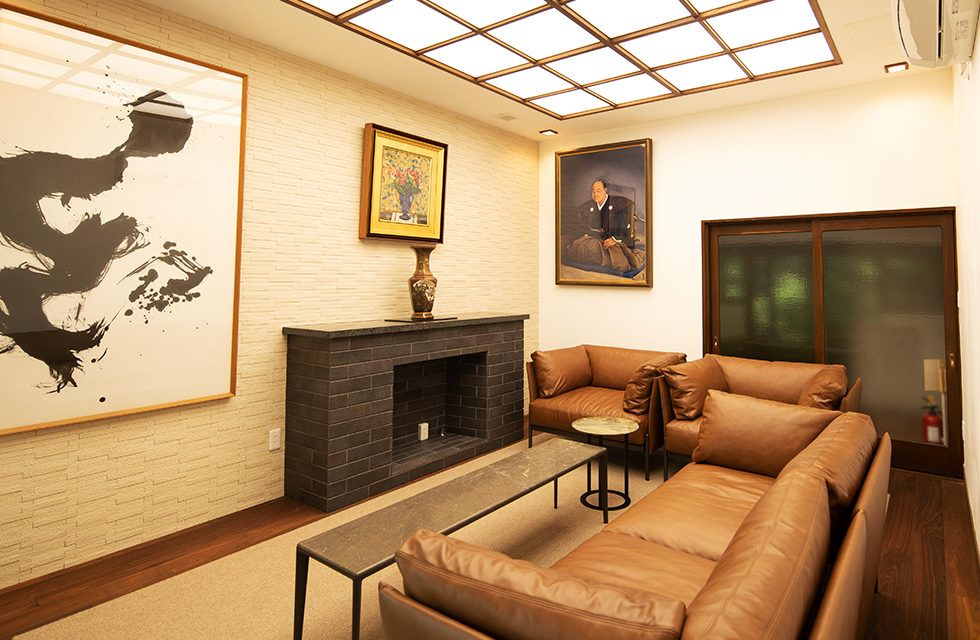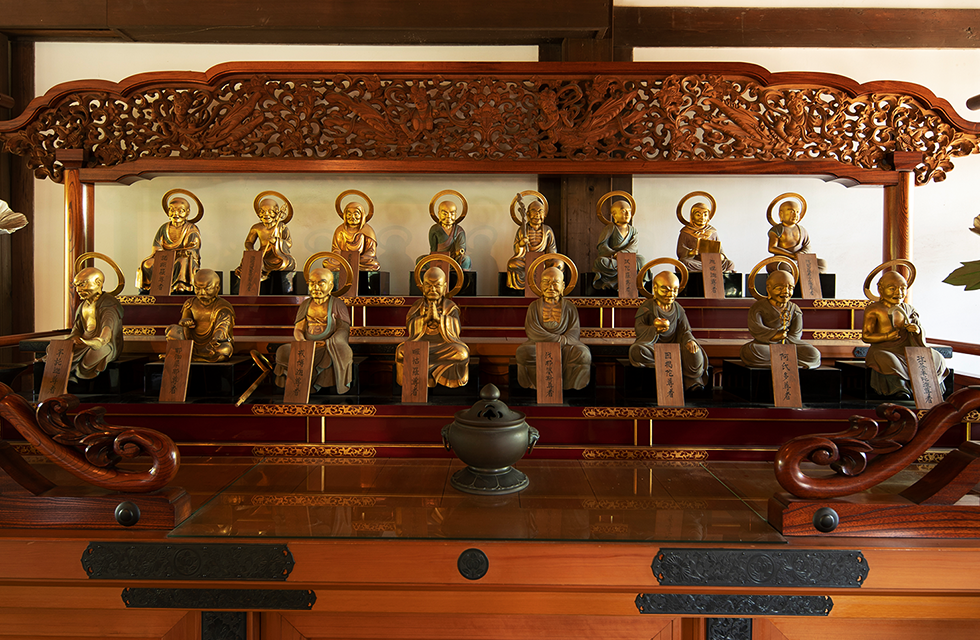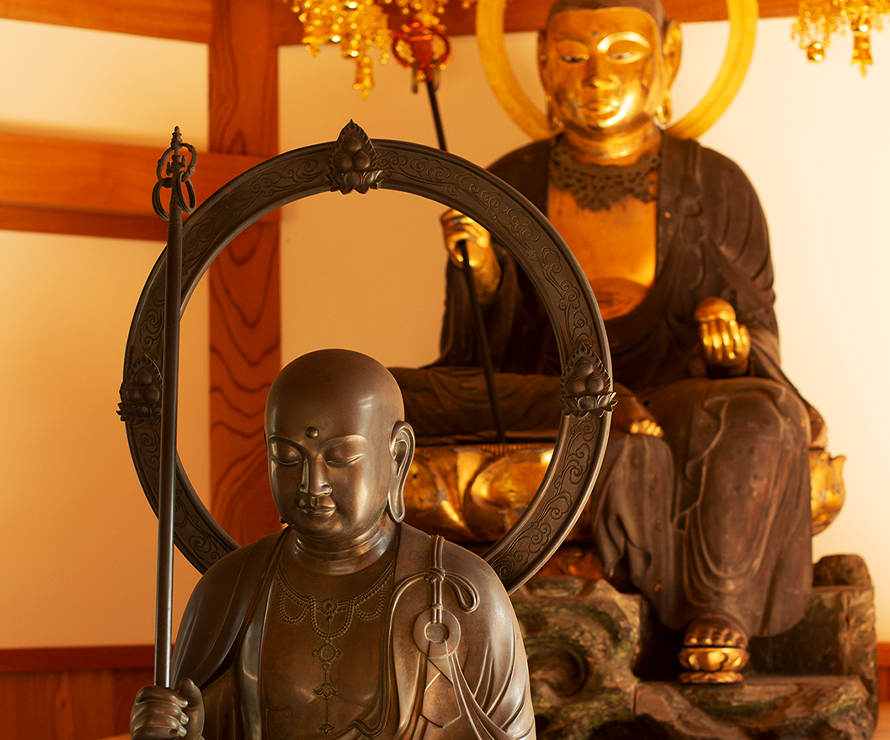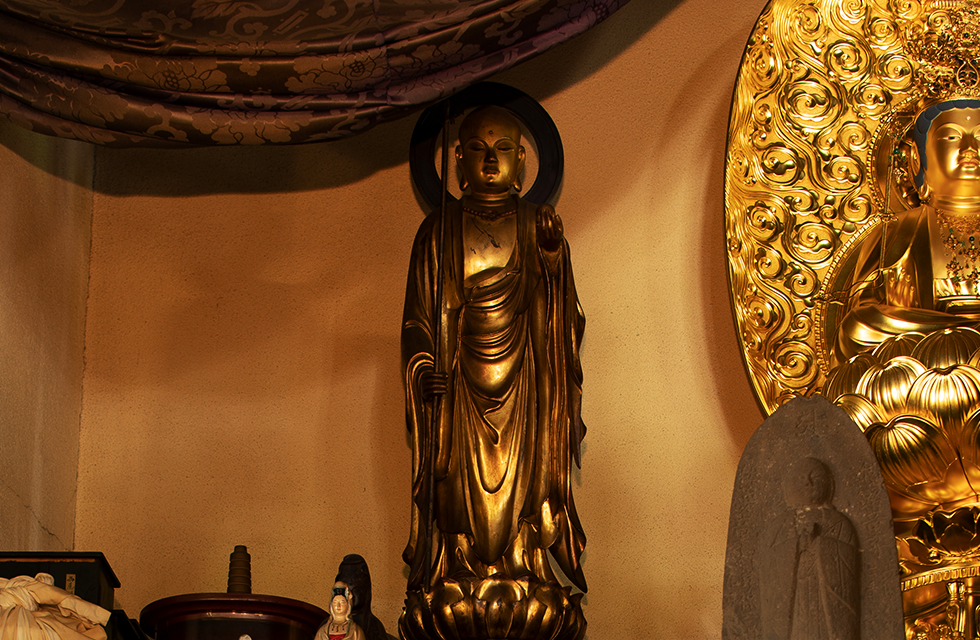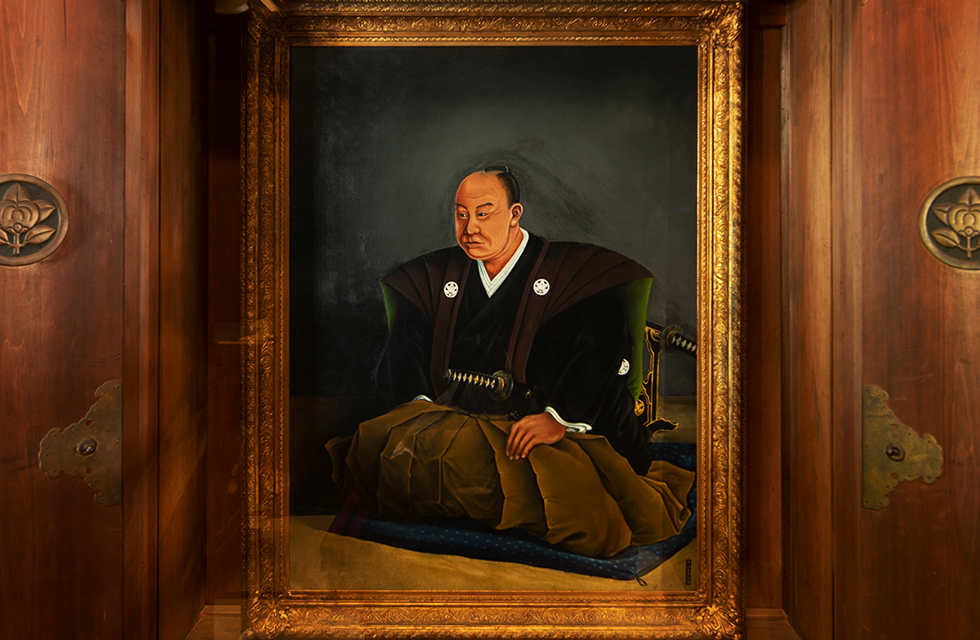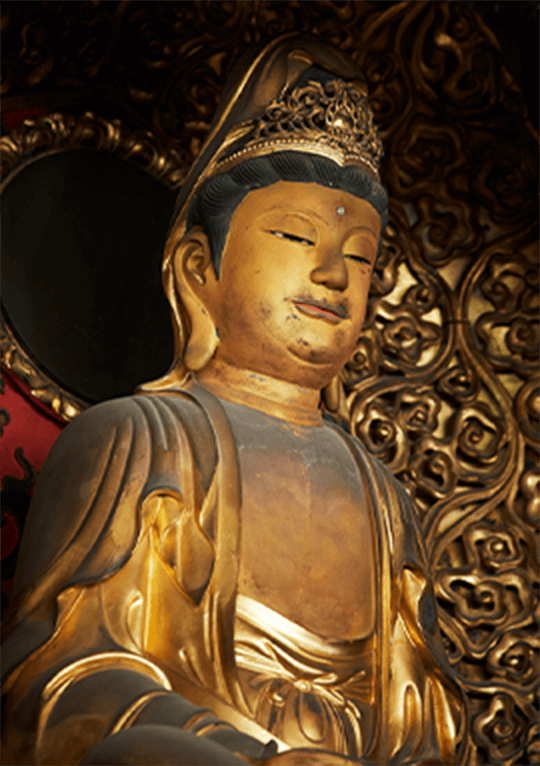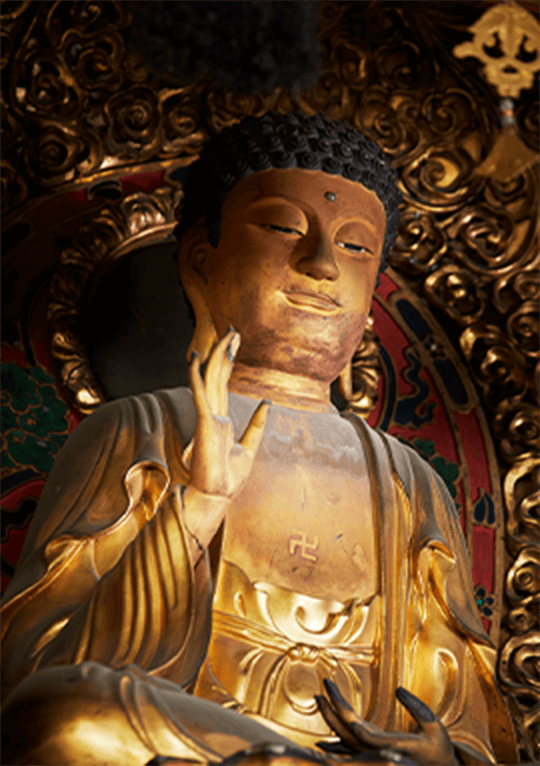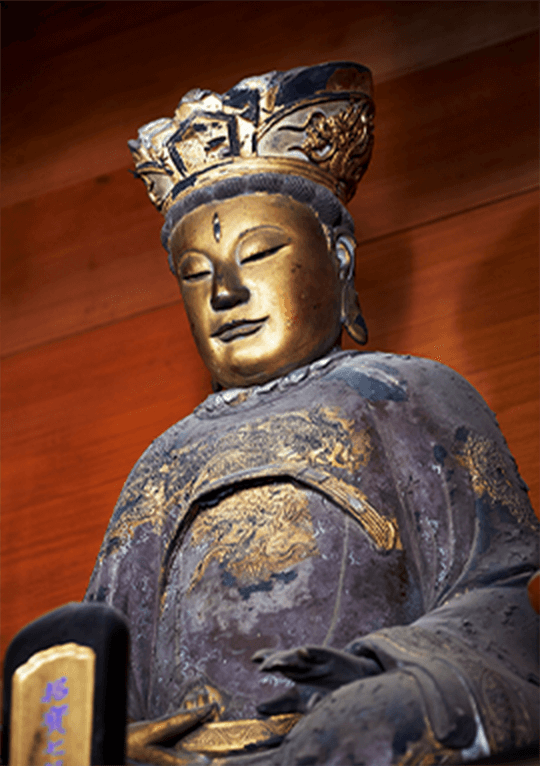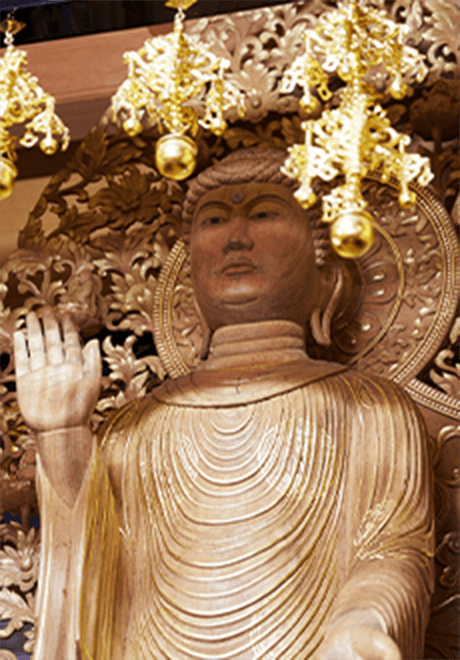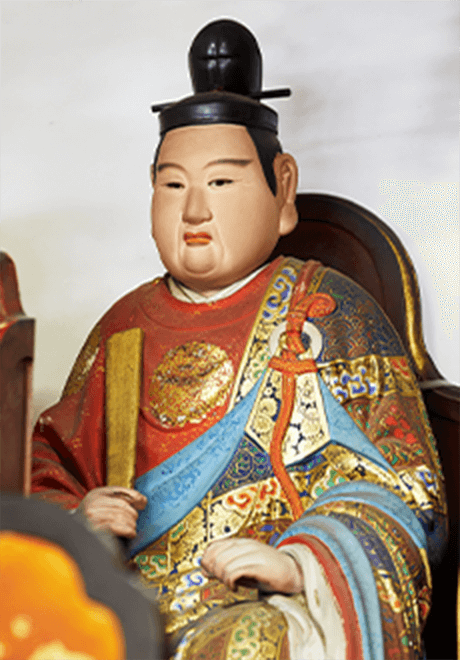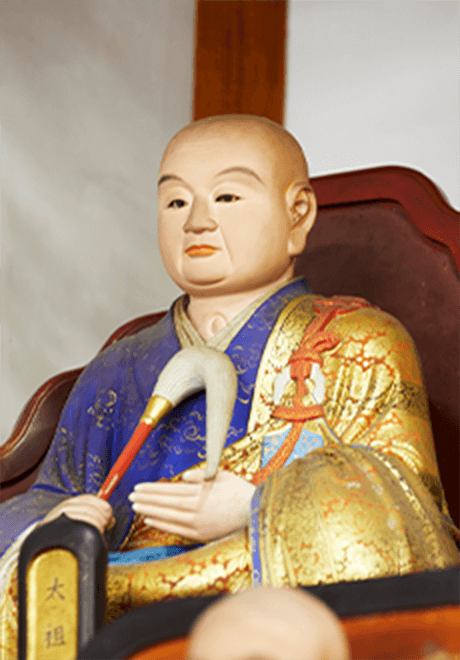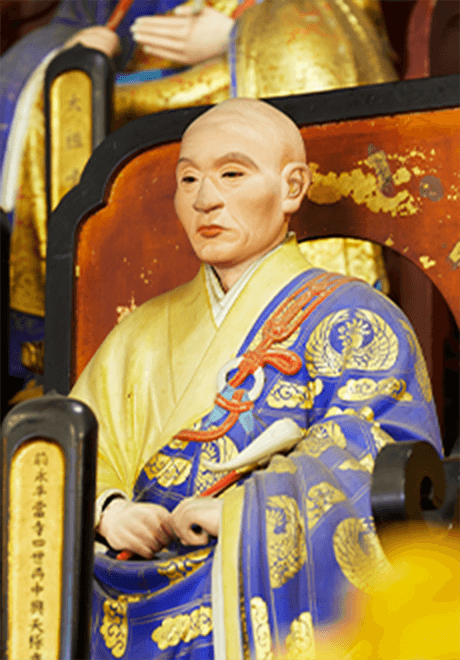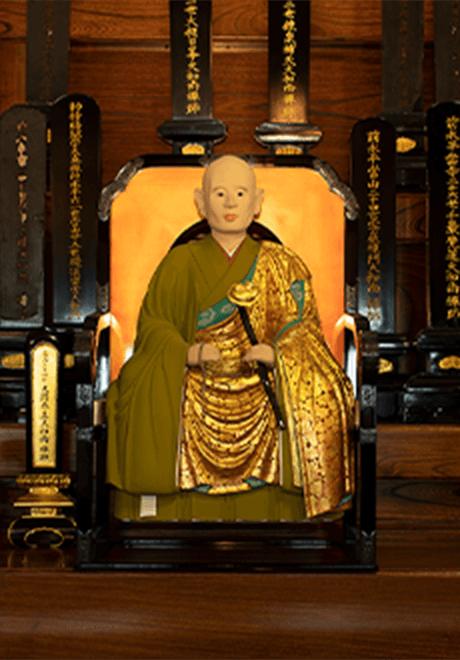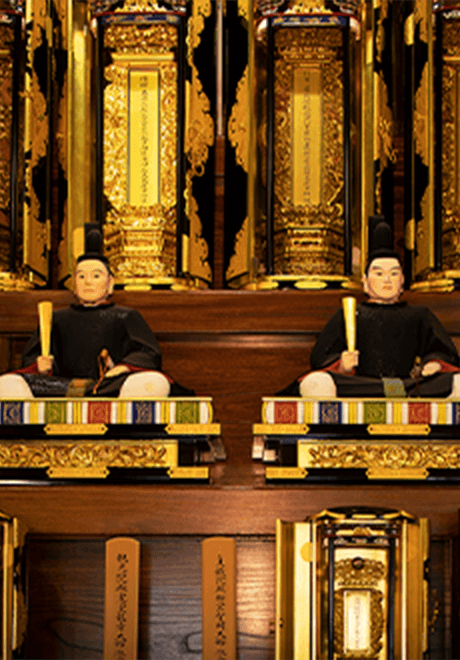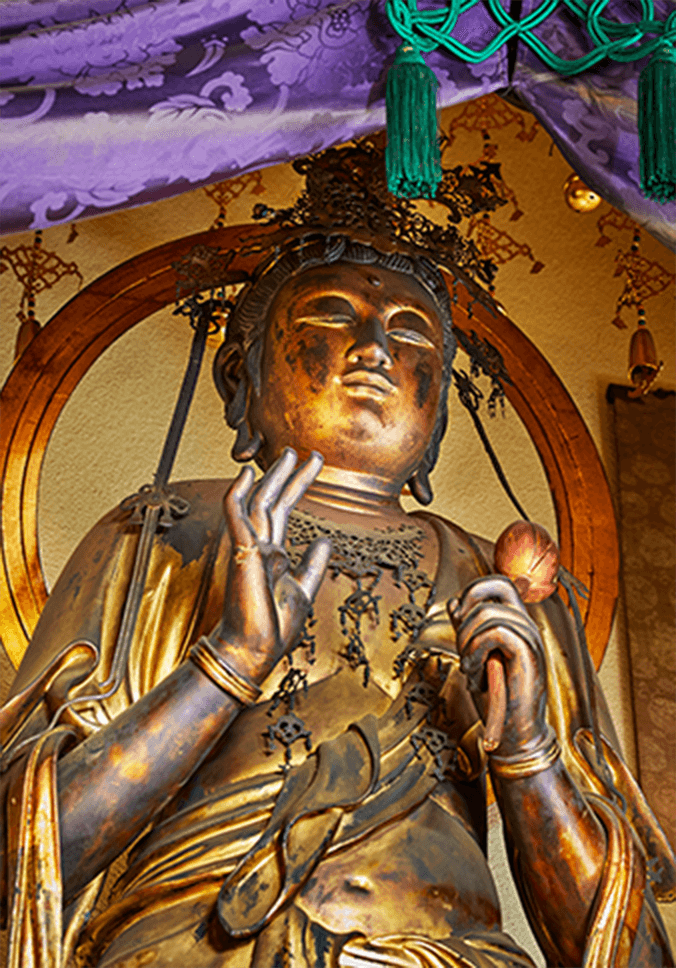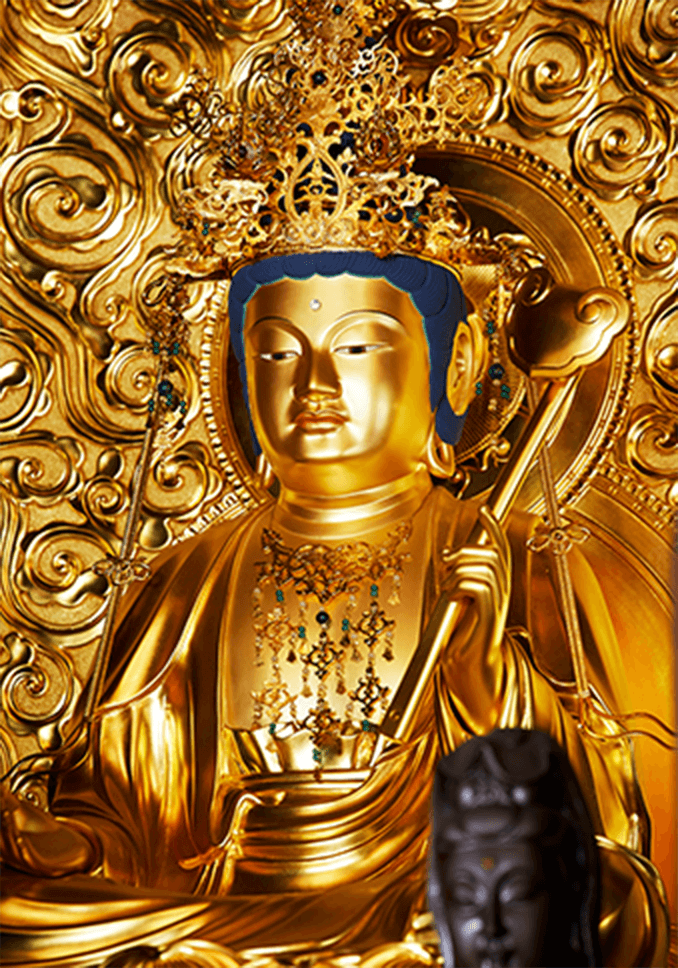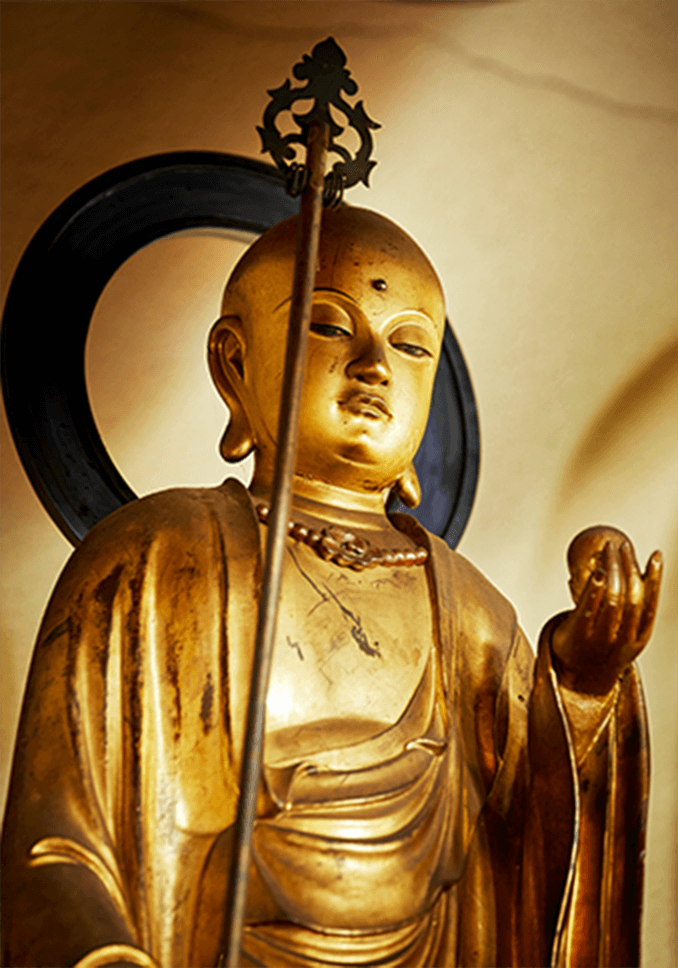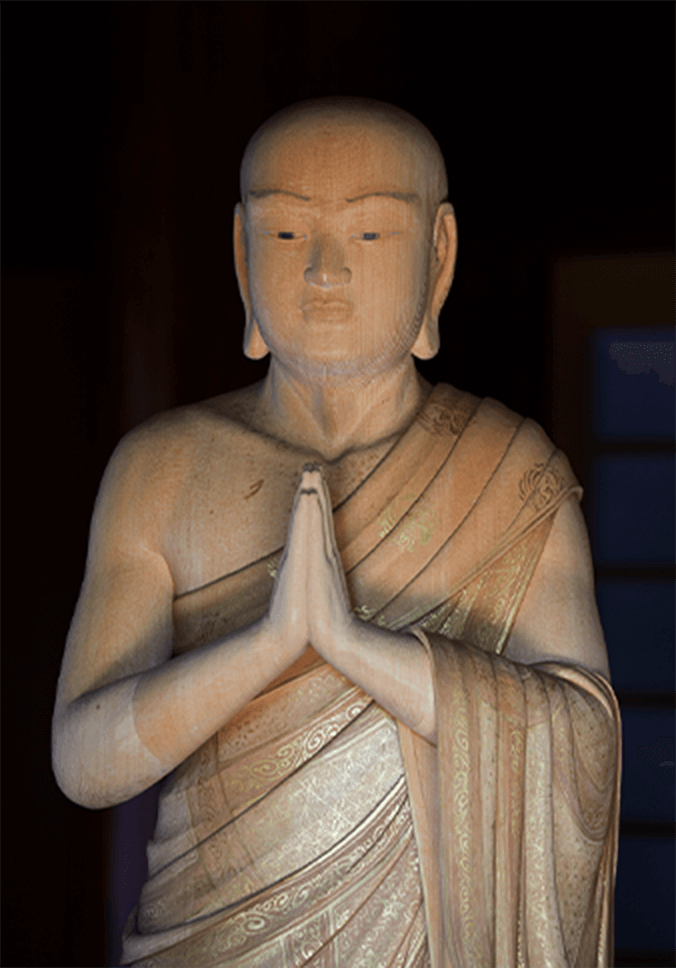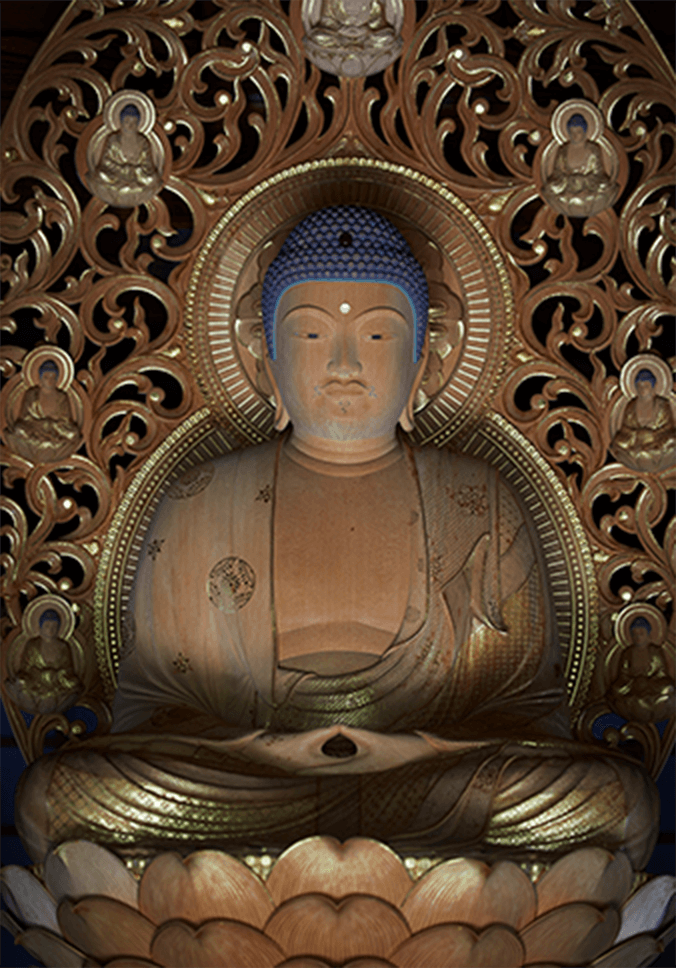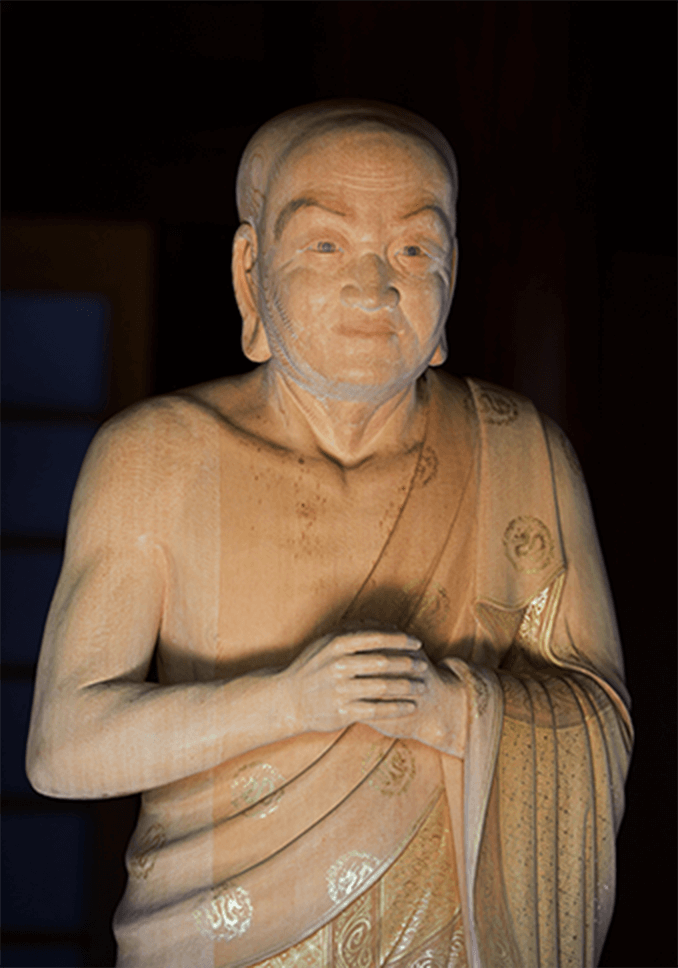

Situated in Setagaya ward, Tokyo, a Soto school temple called Daikeizan Gotokuji finds itself lingering with its historical elegance.
Formerly this is the family temple of the Ii family, the lords of the Hikone domain in Edo, and has many cultural assets related to the Ii family.
Despite its easy access from the big city, Gotokuji temple stands in peace and quiet surrounded by lush greens.
Enjoy the seasonal changes in the precincts such as plum blossoms, cherry blossoms, peonies, azaleas, and Japanese maples beautifully colored in late autumn.
The pine trees lining the mountain path from the stone gate to the temple gate and the deep forest where wild birds fly about are also another highlight of Gotokuji.

